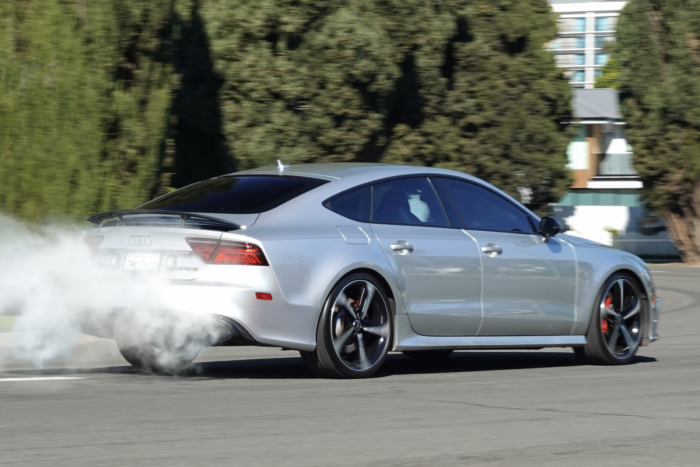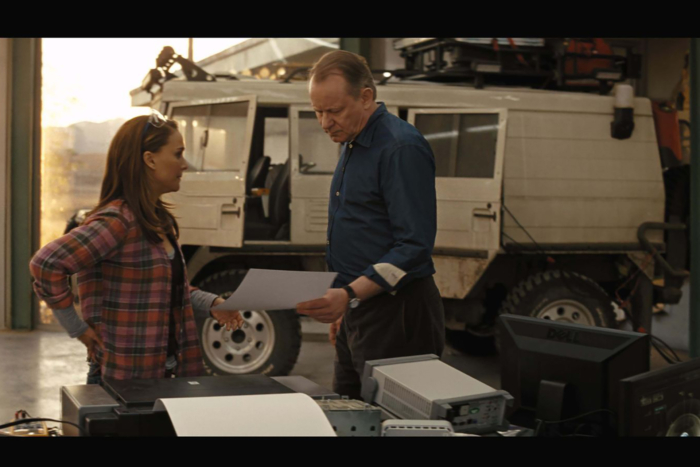We got to test the first commercially available electric personal watercraft, the Taiga Orca Carbon. We found it to be fast, fun, and nearly silent.
Personal watercraft are fun to drive, and they’re a heck of a lot more affordable than most boats. But a lot of people hate them, and some municipalities have outlawed them because they’re loud and polluting.
According to a 2020 University of Vermont research paper, most personal watercraft (PWC) use two-stroke engines that leak up to 25% of every tank of fuel into the water. The California Air Resources Board reported that a day’s ride on a gas-powered 100-horsepower personal watercraft emits the same air pollution as driving 100,000 miles in a passenger car. And, most are loud enough that hearing protection is recommended.
Silent, electric, and powerful as hell, Taiga’s Orca electric PWC solves both the pollution and the noise problem. The first commercially produced electric PWC, and the first commercially produced carbon PWC, the 160-horsepower carbon Orca can hit 65 mph.
There’s no throttle lag, and thanks to instant torque and a jet-driven reverse mode, the Orca handles better than a gas-powered machine. It’s also quick to recharge when plugged in at a marina.
We got a chance to test the Orca Carbon on Lake Champlain, and to talk with Taiga’s CEO about the Orca and what the future holds for electric watercraft.
Taiga Orca Review

Why It’s Notable
Taiga CEO Sam Bruneau says that the Orca is significant for many reasons. It’s the first electric PWC that’s commercially available and within the price range of other power sports equipment. It also doesn’t compromise on performance.
Because it checks all the boxes of a traditional PWC, Bruneau says that the Orca is a significant stepping stone to scale marine electrification.
“We’ve redefined what can be achieved with a personal watercraft that delivers performance and agility on the water, and that can be manufactured at volume,” said Bruneau.
Form Factor
“Orca” is an appropriate name for this craft. The hull looks a lot like the head of a killer whale.
Designing the hull of the Orca was, according to Bruneau, like designing an airplane wing. Taiga engineers looked at everything that affects a PWC’s drive characteristics and power consumption. They tweaked the craft’s geometry until they had a machine that’s efficient and that handles better than any other PWC on the market.

Maintenance
The Powertrain
Firmware Updates & User Controls
Electric Personal Watercraft Charging

Electric PWC Challenges
Taiga Orca Carbon: Ride & Handling


Taiga Orca Review Summary
Taiga Orca Carbon Specs
- Range: Up to 28 miles (45 km)
- Performance: Up to 160 horsepower
- Power: Up to 120 kW
- Weight: 738.5 lbs. (335 kg)
- Rider capacity: 2
- Hull: Carbon fiber composite
- Charging: 6.6kW onboard charging, J1772/CCS1 combo coupler
- Storage: Center console compartment, front storage compartment
- Control systems: 7″ HD display, adjustable trim, OTA connectivity
- Dimensions
- L: 3.53′ (2,905 mm)
- W: 3.31′ (1,040 mm)
- H: 3.79′ (1,156 mm)










